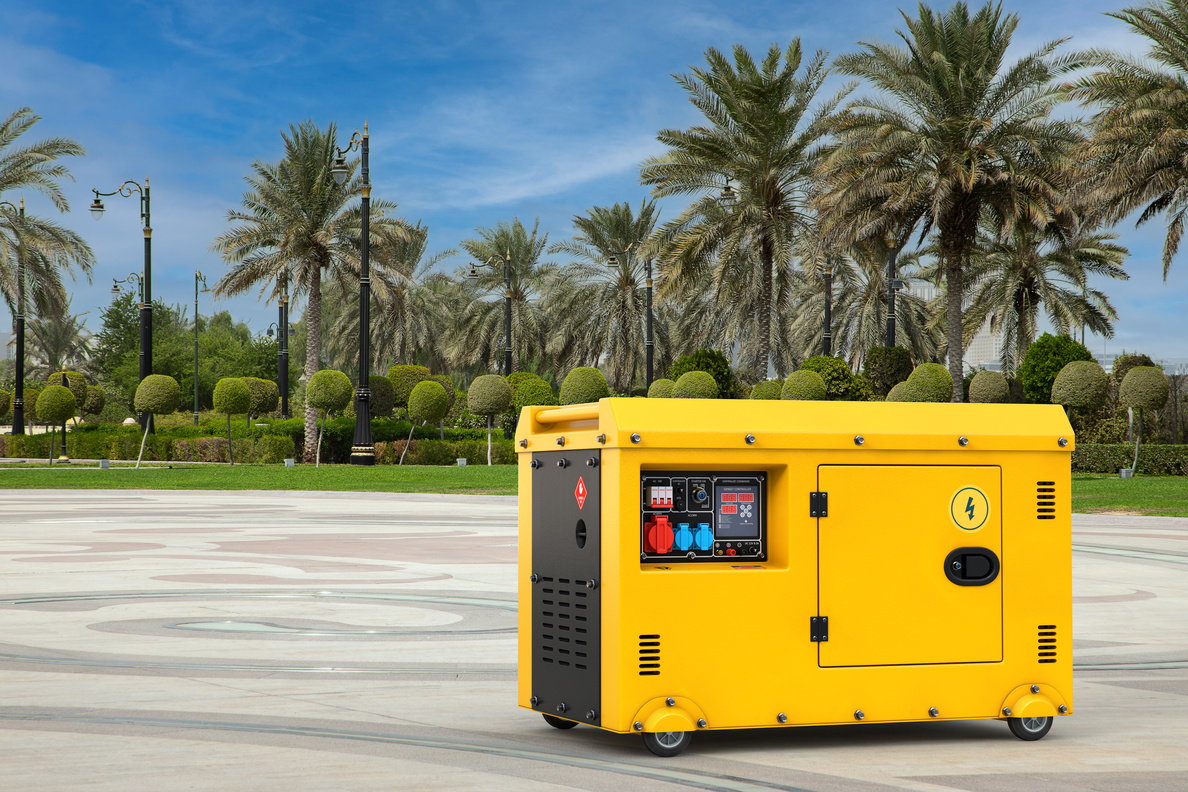Essential Equipment for Off-Grid Living

Ditching the utility grid to live off-the-land is a dream for many people seeking out self-reliance. But going off-grid requires some crucial gear to generate power, collect water, and manage other basic needs.
Power Generation
Unless you want to live like a 19th century homesteader, some form of power generation is an off-grid must-have. The options depend on your energy needs and local renewable sources.
Solar Power
Rooftop solar panels are a popular off-grid power solution, especially in sunnier regions. The sun’s rays generate electricity that is stored in a battery bank. You will need an inverter too to convert that DC battery power to AC for household use.
Wind Power
In breezy areas, a residential wind turbine can help keep the lights on. These tall, propeller-like structures capture wind energy to generate electricity. Wind is most productive when combined with solar for a well-rounded off-grid system.
Portable Generators
For intermittent power needs or emergency backup, a gas-powered portable generator can’t be beaten. Just make sure to store enough fuel for operating it safely outdoors.
Engine Battery Backup
A 12-volt battery jump-starter can be a lifesaver for an off-grid truck, tractor, or other engine battery that will not turn over. According to the experts over at Clore Automotive, this compact device uses replaceable batteries or can recharge via solar to jump-start engines.
Water Collection & Purification
With no more municipal water service, you will need to collect and purify water for drinking, cleaning, and sanitation. Here are a few reliable water equipment options:
Rain Barrels
The most basic off-grid water source, rain barrels collect precious precipitation from your roof’s downspouts. Make sure to filter out any debris. You will likely need a pump to access the stored water.
Well Pumps
Properties with access to groundwater can utilize a well and electric or hand pump. Wells require professional drilling but provide a relatively clean, renewable water supply if properly maintained.
Water Purification
Rainwater and well sources still need to be purified for safe drinking and cooking. Boiling is effective but inefficient. Better options include countertop purifiers using carbon filters or ultraviolet disinfection.
Food Production & Storage
Going off-grid means growing, raising, or foraging much of your own food supply. Essential food gear covers the entire cycle of planting through storage.
Kitchen Gardens
At minimum, a backyard vegetable garden lets you grow organic produce seasonally. Maximize harvests with greenhouses, cold frames, or indoor hydroponic setups.
Livestock Housing
For a steady supply of fresh eggs, milk, or meat, invest in proper housing for backyard chickens, goats, rabbits, or other livestock appropriate for your climate.
Food Dehydrators & Canners
Preserve garden bounties all year by dehydrating fruits and veggies or pressure canning them using traditional water bath or electric canners.
Root Cellars
An underground root cellar or aboveground cool room is vital for properly storing bulk canned foods, root crops and any produce requiring low temperatures and humidity.
Off-Grid Comforts
While utilities are unnecessary for surviving off the grid, a few strategic appliances and equipment can provide some familiar comforts:
Wood Stoves
For chilly nights away from grid-tied heating, a woodburning stove in the living space offers cozy warmth and a way to cook and boil water.
Composting Toilets
With no municipal sewage service, composting toilets manage human waste in an environmentally friendly, odorless manner. Some simply require adding a carbon cover material like sawdust after each use.
Conclusion
Starting an off-grid lifestyle from scratch requires a pioneer spirit and the right basic gear. But tackling it wisely with the essentials equips you to live self-sufficiently and off the grid successfully.
